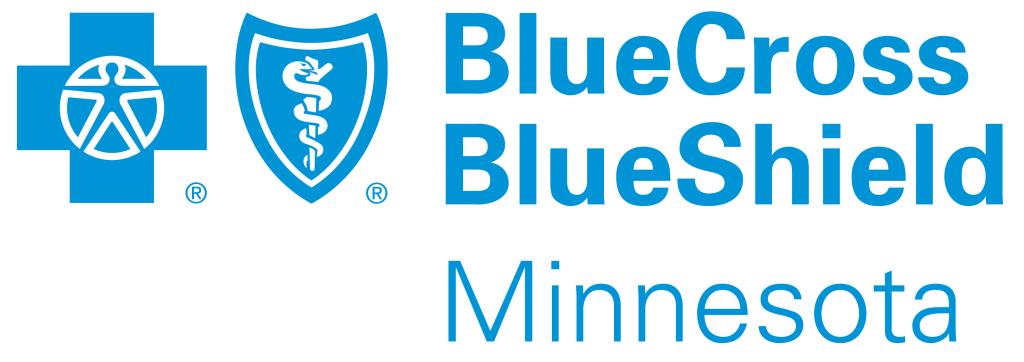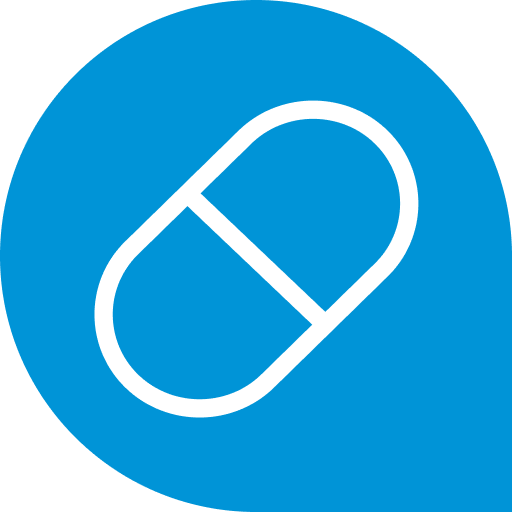Member: My father was recently diagnosed with heart disease and was prescribed statin therapy. What does that mean and why was he prescribed it? —Blair, Lanesboro Dr.
Trajano: According to the Centers for Disease Control and Prevention (CDC), cardiovascular disease (CVD), often referred to as heart disease, is the leading cause of death in the United States, with nearly one in three Americans dying of heart disease or stroke.
High cholesterol is a major risk factor for CVD, but statin therapy has been associated with reduced risk of atherosclerotic CVD. Atherosclerotic CVD is the hardening and narrowing of your arteries, and is the usual cause of heart attacks and strokes. So, let’s get into this common prescription treatment.
What is statin therapy?
Statins are a class of drugs that lower bad cholesterol (LDL) and raise good cholesterol (HDL). They are prescribed to patients with atherosclerotic CVD or diabetes.
Why is statin therapy prescribed for people with diabetes?
People living with diabetes have higher cardiovascular risk, partly because of high LDL cholesterol. The American Diabetes Association advises that people with diabetes and other cardiovascular risk factors start statin therapy with an LDL cholesterol target of less than 100 mg/dl, while people with diabetes and CVD have a target of less than 70 mg/dl. LDL cholesterol levels should be less than 100 mg/ dl for people with higher cardiovascular risk.
Incorporating statin therapy in your treatment plan
If you have CVD and/or diabetes, you may already be on statin therapy or some other cholesterol-reducing medication. Talk to your doctor about whether statin therapy may be right for you.
If you have questions or comments on thrive. email us at thrivemagazine@bluecrossmn.com



